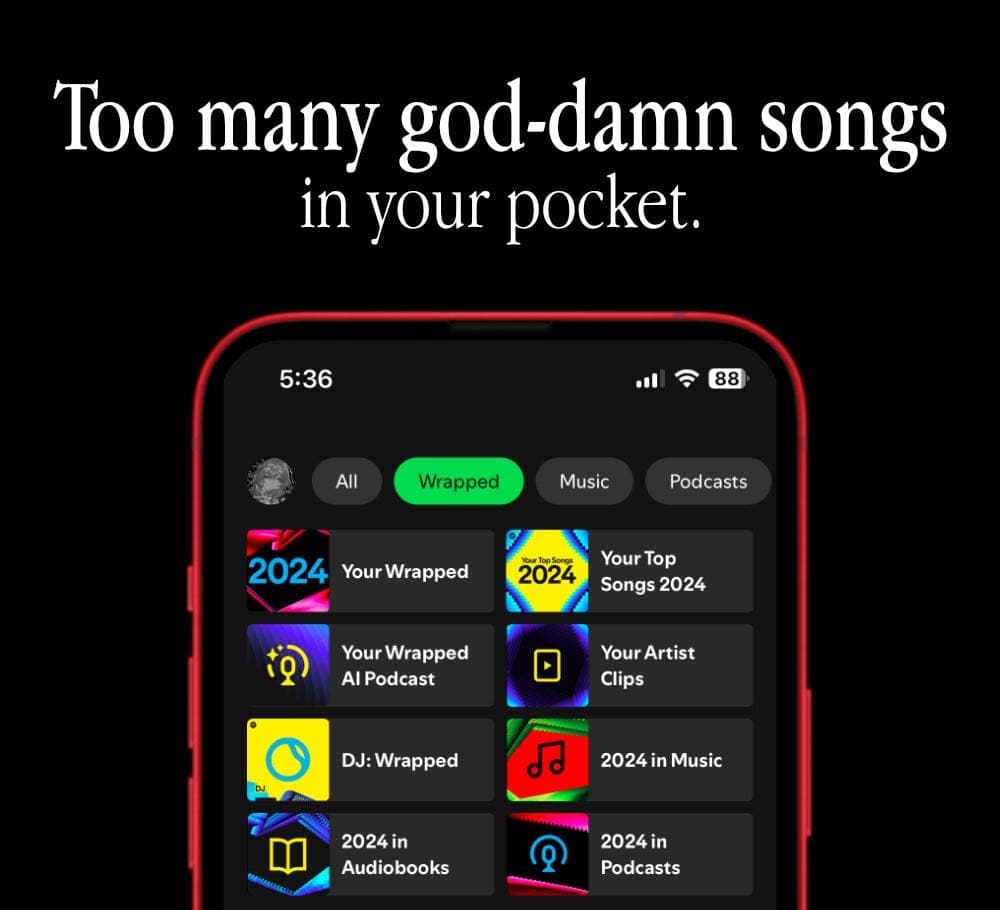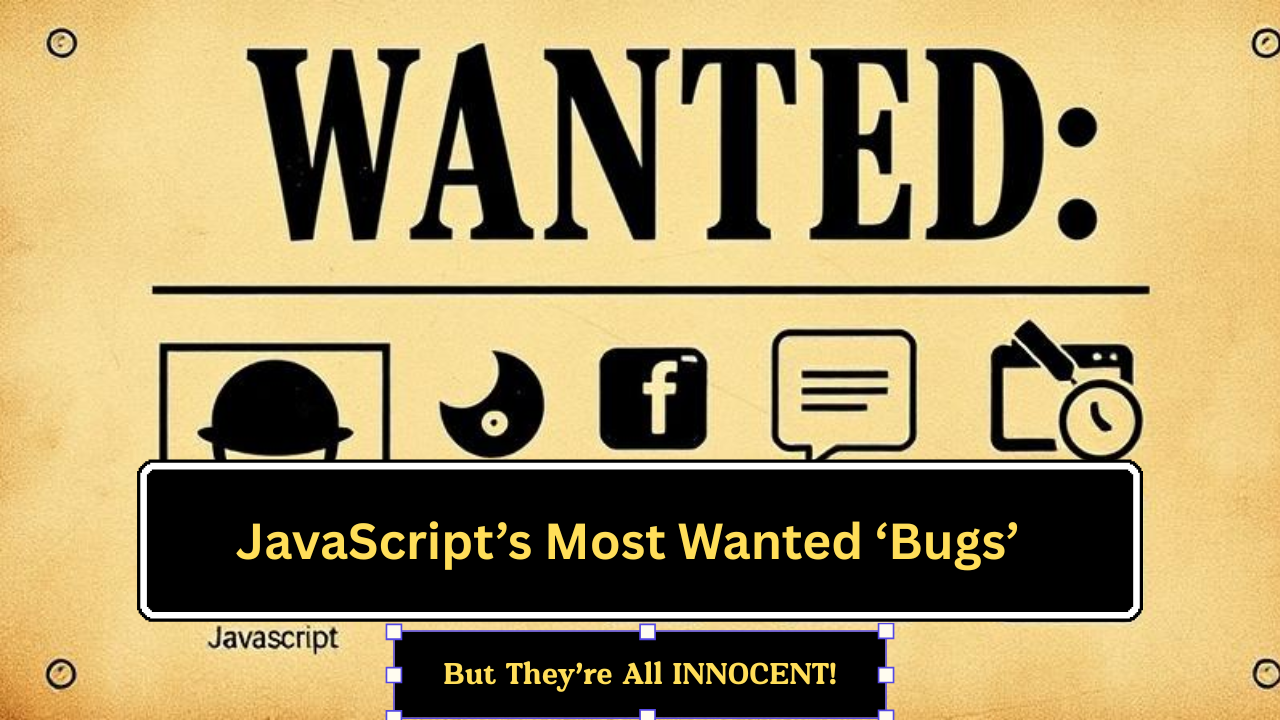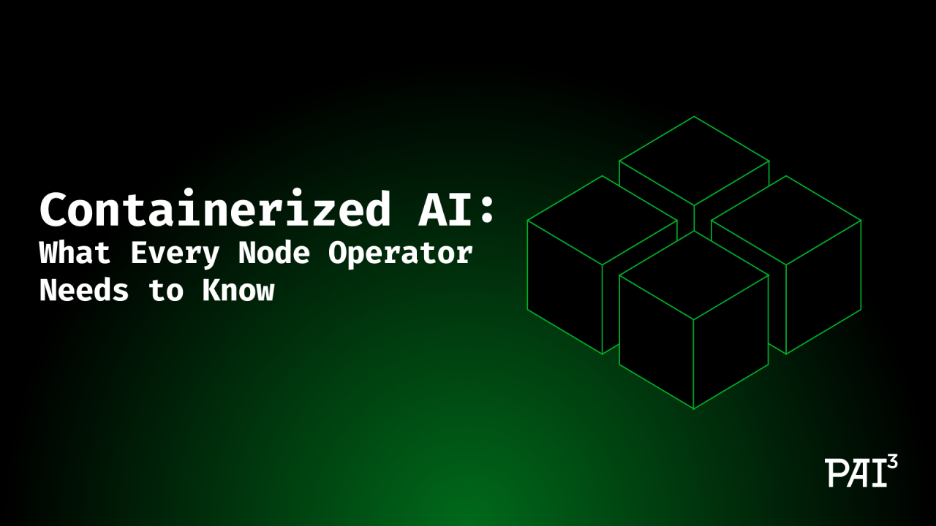
How to Build an App Like SpicyChat AI: A Complete Video Chat Platform Guide
Are you intrigued by the concept of creating your own video chat platform like SpicyChat AI? In this comprehensive guide, we will walk you through the essentials of building a robust app that not only facilitates seamless video communication but also leverages cutting-edge technology such as artificial intelligence. By the end of this post, you'll have a clear roadmap to make your video chat application a reality, incorporating intriguing features that enhance user experience.
Dev Orbit
July 27, 2025
Introduction
In today's digital age, communication has transformed, making video chat platforms like SpicyChat AI essential for connecting people globally. With the integration of artificial intelligence and advanced algorithms, these platforms are not just about seeing and hearing each other; they offer smart features that enhance user interaction. The emergence of AI technologies, notably advancements like GPT-5, is set to revolutionize the landscape of online communication by providing personalized experiences that keep users engaged. This guide will empower you to build a video chat application that rivals the best, ensuring user satisfaction and technological reliability.
1. Understanding the Core Features of a Video Chat Application
Before diving into the technical aspects of development, it’s crucial to identify the core features that make a video chat application appealing and user-friendly. Here are some essential functionalities to integrate:
High-Quality Video and Audio: Ensure your platform supports HD quality streaming.
User Authentication: Implement secure login mechanisms, such as OAuth2 or token-based authentication.
Chat Functionality: Provide text messaging options alongside video streams.
Screen Sharing: Allow users to share their screens for collaborative experiences.
Virtual Backgrounds: Introduce AI-powered background adjustments for better privacy.
Group Video Calls: Facilitate multiple users interacting in a single video session.
Recording Features: Enable users to record their sessions for future reference or sharing.
2. Choosing the Right Tech Stack
Your choice of technology significantly impacts your application’s performance, scalability, and overall user experience. Here’s a recommended tech stack for building a video chat platform:
Frontend Technologies: Utilize frameworks like React or Angular for creating dynamic user interfaces.
Backend Technologies: Node.js or Django are excellent choices for handling server-side logic. They can manage API requests and real-time data balance.
WebRTC: This open-source project provides the core functionalities necessary for real-time communication, such as audio and video streaming.
Database: Use a NoSQL database like MongoDB to manage user data and chat logs.
Cloud Services: Leverage cloud services like AWS or Google Cloud for scalable hosting solutions and improved data management.
3. Creating a User-Friendly Interface
The user interface (UI) plays a critical role in ensuring a positive user experience. Consider the following elements while designing your app:
Simplicity: Keep the layout straightforward and intuitive, guiding users effortlessly through the application.
Responsive Design: Optimize UI elements for various devices, ensuring compatibility with desktops, tablets, and smartphones.
Accessibility: Implement design principles that accommodate all users, including those with disabilities.
Testing with Real Users: Conduct usability tests to gather feedback and make iterative improvements to the interface.
4. Integrating AI Features for Enhanced Interactions
The integration of AI in your video chat platform can enhance user interactions and provide personalized experiences. Some innovative AI features you can consider include:
Smart Assistants: Implement AI-driven chatbots that can assist users during their sessions, answering FAQs and providing valuable information.
AI Moderation: Use AI to monitor chat content and provide moderation in real-time to maintain community standards.
Facial Recognition: Integrate facial recognition features for improved security and personalized experiences.
Emotion Recognition: Analyzing users' expressions through AI to tailor communication and engagement approaches.
5. Ensuring Security and Privacy
Security and privacy are paramount, especially with applications that handle sensitive user data. Here are critical measures to ensure the safety of your video chat application:
End-to-End Encryption: Implement strong encryption protocols for all communications to protect user data.
Data Privacy Compliance: Familiarize yourself with regulations such as GDPR and CCPA that govern user data policies.
Regular Security Audits: Conduct periodic audits to identify vulnerabilities and implement updated security methods.
User Control: Allow users to control their data, giving them options to delete conversations or modify information stored in your database.
Bonus/Advanced Tips
As you venture into building your video chat platform, consider these advanced tips:
Scalability: Plan for future growth by designing a microservices architecture, allowing specific components to scale independently.
Content Delivery Networks (CDNs): Utilize CDNs to deliver media content efficiently, reducing latency and enhancing user experience.
User Feedback Loops: Create feedback mechanisms within the app to continuously gather user input for future enhancements.
APIs and Integration: Provide APIs to allow third-party developers to create integrations, which can expand your platform's capabilities.
Conclusion
Building a video chat platform like SpicyChat AI is an exciting venture packed with opportunities to innovate and connect. By understanding essential features, selecting the right technology, and emphasizing user experience, you can create a robust application that stands out in today’s competitive landscape. Remember to prioritize security, integrate AI features, and incorporate user feedback for continuous improvement. If you're ready to embark on this journey, share your thoughts in the comments below, and let’s start a conversation!

Enjoyed this article?
Subscribe to our newsletter and never miss out on new articles and updates.
More from Dev Orbit

10 Powerful Tips for Efficient Database Management: SQL and NoSQL Integration in Node.js
Streamline your Node.js backend by mastering the integration of SQL and NoSQL databases—these 10 practical tips will help you write cleaner, faster and more scalable data operations.

AI Is Reshaping Jobs — and That Could Hit You Hard
As artificial intelligence continues to evolve, its impact on the job market is growing more profound each day. In this article, we will explore how AI technologies like GPT-5 are transforming various industries, the potential risks for workers, and actionable steps to navigate this changing landscape. From automation to the creation of new job roles, we will offer insights that every professional should be aware of to remain competitive in the era of AI.

GitHub Copilot vs Tabnine (2025): Which AI Assistant is Best?
AI coding assistants are no longer futuristic experiments—they’re becoming essential tools in the modern developer’s workflow. In this review, we’ll compare GitHub Copilot and Tabnine head-to-head in 2025, exploring how each performs in real-world backend coding tasks. From productivity gains to code quality, we’ll answer the burning question: Which AI assistant should you trust with your code?

Avoid These Common Node.js Backend Development Mistakes
Introduce the significance of Node.js in backend development and how its popularity has led to an array of common mistakes that developers might overlook.

Spotify Wrapped Is Everything Wrong With The Music Industry
Every year, millions of Spotify users eagerly anticipate their Spotify Wrapped, revealing their most-listened-to songs, artists and genres. While this personalized year-in-review feature garners excitement, it also highlights critical flaws in the contemporary music industry. In this article, we explore how Spotify Wrapped serves as a microcosm of larger issues affecting artists, listeners and the industry's overall ecosystem.

10 JavaScript Quirks That Look Wrong (But Are Actually Right)
This article dives deep into ten surprising quirks of JavaScript that might confuse developers, especially those new to the language. From unexpected behavior with type coercion to peculiarities in operator precedence, we will clarify each aspect with real-world examples and practical implications. By understanding these quirks, developers can write cleaner and more efficient code, avoiding common pitfalls along the way.
Releted Blogs

Best Cloud Hosting for Python Developers in 2025 (AWS vs GCP vs DigitalOcean)
Finding the Right Python Cloud Hosting in 2025 — Without the Headaches Choosing cloud hosting as a Python developer in 2025 is no longer just about uptime or bandwidth. It’s about developer experience, cost efficiency and scaling with minimal friction. In this guide, we’ll break down the top options — AWS, GCP and DigitalOcean — and help you make an informed choice for your projects.

🚀 Mastering Python Automation in 2025: Deep Insights, Real-World Use Cases & Secure Best Practices
Streamline your workflows, eliminate manual overhead and secure your automation pipelines with Python — the most powerful tool in your 2025 toolkit.

Mastering Git Hooks for Automated Code Quality Checks and CI/CD Efficiency
Automate code quality and streamline your CI/CD pipelines with Git hooks. This step-by-step tutorial shows full-stack developers, DevOps engineers, and team leads how to implement automated checks at the source — before bad code ever hits your repositories.

Unlocking WASI: The Future of Serverless with WebAssembly
Discover how WASI is transforming serverless computing with secure, portable WebAssembly runtimes for the cloud era.

Containerized AI: What Every Node Operator Needs to Know
In the rapidly evolving landscape of artificial intelligence, containerization has emerged as a crucial methodology for deploying AI models efficiently. For node operators, understanding the interplay between containers and AI systems can unlock substantial benefits in scalability and resource management. In this guide, we'll delve into what every node operator needs to be aware of when integrating containerized AI into their operations, from foundational concepts to practical considerations.

📌Self-Hosting Secrets: How Devs Are Cutting Costs and Gaining Control
Self-hosting is no longer just for the tech-savvy elite. In this deep-dive 2025 tutorial, we break down how and why to take back control of your infrastructure—from cost, to security, to long-term scalability.
Have a story to tell?
Join our community of writers and share your insights with the world.
Start Writing